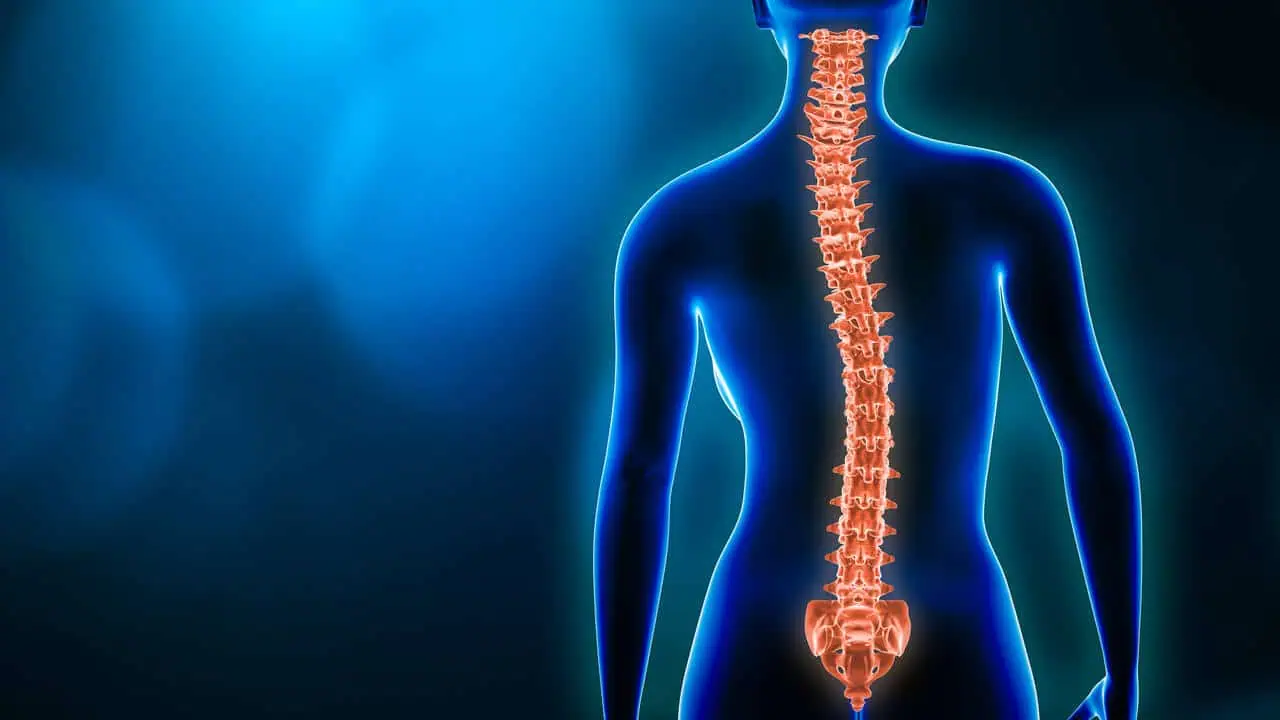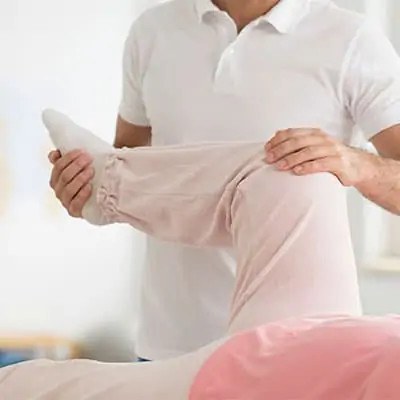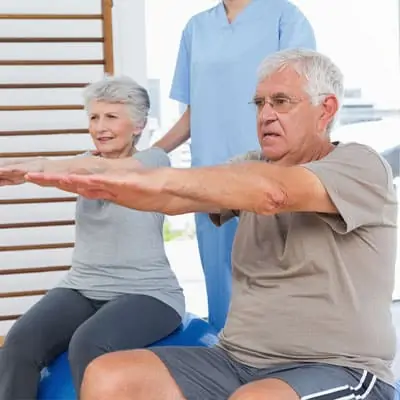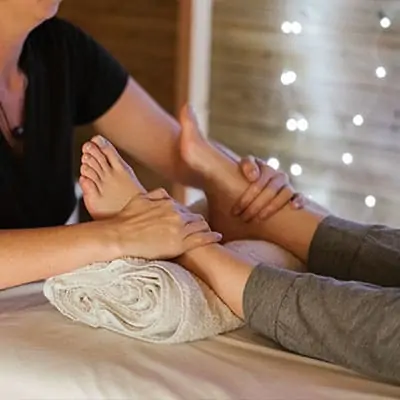Understanding Scoliosis
What is Scoliosis?
Scoliosis is a medical condition characterized by an abnormal lateral curvature of the spine. Rather than running straight down the back, a spine affected by scoliosis curves to the side, forming a “C” or “S” shape. This condition can occur in individuals of any age, but it is most commonly diagnosed during adolescence. Early detection and intervention are key components in scoliosis prevention.
Key features of scoliosis include:
- Uneven shoulders
- Uneven waist
- One hip higher than the other
- Prominent ribcage on one side
Understanding these symptoms can help you identify the condition early and seek appropriate scoliosis treatment options.
Types of Scoliosis
There are several types of scoliosis, each with distinct characteristics and causes. Understanding these types can help you better manage and prevent the progression of this condition.
| Type of Scoliosis | Description | Common Age Group |
|---|---|---|
| Idiopathic Scoliosis | No known cause; most common type | Adolescents |
| Congenital Scoliosis | Caused by spinal abnormalities present at birth | Infants and Young Children |
| Neuromuscular Scoliosis | Associated with neurological conditions like cerebral palsy | Various Ages |
| Degenerative Scoliosis | Resulting from wear and tear on the spine | Adults |
| Functional Scoliosis | Caused by a temporary condition like muscle spasms or leg length discrepancy | Various Ages |
-
Idiopathic Scoliosis: The most prevalent form, idiopathic scoliosis, has no identifiable cause. It is often detected during growth spurts in adolescence and is categorized based on the age of onset:
- Infantile (0-3 years)
- Juvenile (4-10 years)
- Adolescent (11-18 years)
-
Congenital Scoliosis: This type is due to spinal abnormalities present at birth. These abnormalities can result in a curvature that progresses as the child grows. Early detection is crucial for managing this type.
-
Neuromuscular Scoliosis: This form is associated with neuromuscular conditions such as cerebral palsy or muscular dystrophy. The curvature results from muscle imbalances and weakness.
-
Degenerative Scoliosis: Often seen in adults, this type arises from the degeneration of spinal discs and joints. It’s commonly referred to as “adult scoliosis” and can cause significant pain and functional limitations.
-
Functional Scoliosis: Unlike structural scoliosis, functional scoliosis is caused by factors outside the spine, such as muscle spasms or leg length discrepancies. Addressing the underlying cause can often resolve this type.
Recognizing the different types of scoliosis can help you and your healthcare provider choose the most effective scoliosis management strategies. For more detailed information on the various types, you can visit our dedicated page on scoliosis types.
Importance of Scoliosis Prevention
Benefits of Preventing Scoliosis
Understanding the benefits of scoliosis prevention is crucial in maintaining your spinal health. By taking proactive measures, you can significantly reduce the likelihood of developing scoliosis and its associated complications.
Benefits of Scoliosis Prevention:
- Reduced Risk of Pain: Preventing scoliosis helps in minimizing back pain and discomfort, which can often accompany spinal curvature.
- Improved Posture: Maintaining a straight spine enhances your posture, contributing to overall physical appearance and confidence.
- Enhanced Mobility: A healthy spine ensures better flexibility and range of motion, allowing you to engage in various physical activities without restrictions.
- Lower Healthcare Costs: Preventing scoliosis can save you from the high costs associated with treatment, such as physical therapy, braces, and potential surgeries.
- Better Quality of Life: Overall, scoliosis prevention leads to a higher quality of life by avoiding the physical and emotional stress that comes with managing a chronic condition.
Risk Factors for Developing Scoliosis
Knowing the risk factors for developing scoliosis helps in identifying those who may be more susceptible to this condition. While some risk factors are unavoidable, understanding them can aid in early detection and prevention.
Common Risk Factors for Scoliosis:
| Risk Factor | Description |
|---|---|
| Age | Scoliosis often appears during the growth spurt just before puberty. |
| Gender | Females are more likely to develop severe scoliosis compared to males. |
| Family History | A family history of scoliosis increases your risk of developing the condition. |
| Neuromuscular Conditions | Conditions such as cerebral palsy or muscular dystrophy can contribute to scoliosis. |
| Congenital Factors | Some people are born with spinal abnormalities that lead to scoliosis. |
For more detailed information on risk factors, visit our article on scoliosis risk factors.
By understanding the importance of scoliosis prevention and being aware of the risk factors, you can take proactive steps to maintain your spinal health. Regular exercise, good posture, and monitoring spinal health are key strategies in preventing scoliosis. For more tips on managing and preventing scoliosis, check out our guide on scoliosis exercises.
Proven Methods for Scoliosis Prevention
Preventing scoliosis involves adopting specific lifestyle habits and routines. These methods can help maintain a healthy spine and reduce the risk of developing scoliosis.
Regular Exercise and Physical Activity
Engaging in regular exercise can strengthen the muscles supporting your spine and improve overall flexibility. Incorporating activities that promote core stability and back strength is essential for scoliosis prevention. Exercises such as swimming, yoga, and pilates are particularly beneficial.
| Exercise Type | Benefits for Spine Health |
|---|---|
| Swimming | Enhances overall muscle tone |
| Yoga | Increases flexibility and balance |
| Pilates | Strengthens core muscles |
For more specific exercises designed to prevent scoliosis, refer to our article on scoliosis exercises.
Maintaining Good Posture
Maintaining proper posture is crucial for spinal health. Good posture helps distribute weight evenly across your body, reducing stress on your spine. Follow these tips to ensure you maintain good posture:
- Sit with your back straight and shoulders relaxed.
- Keep your feet flat on the floor.
- Avoid slouching or leaning to one side.
Proper posture can significantly reduce the strain on your spine. If you’re experiencing difficulties maintaining good posture, consult our guide on scoliosis physical therapy.
Monitoring Spinal Health
Regular monitoring of your spinal health can aid in early detection and prevention of scoliosis. This involves routine check-ups with a healthcare provider and being aware of any changes in your spine’s alignment. Early intervention can prevent further progression of scoliosis.
| Age Group | Recommended Frequency of Screening |
|---|---|
| Children and Adolescents | Annually |
| Adults | Every 2-3 years |
If you notice any signs of scoliosis, such as uneven shoulders or hips, seek medical advice. Learn more about the scoliosis symptoms to watch for.
By implementing these proven methods, you can take proactive steps towards preventing scoliosis and maintaining a healthy spine. For more information on scoliosis and its prevention, explore our articles on scoliosis risk factors and scoliosis management.
Lifestyle Changes for Scoliosis Prevention
Taking preventive measures against scoliosis can significantly impact your spinal health. Incorporating lifestyle changes such as maintaining a healthy diet, using proper lifting techniques, and avoiding prolonged sitting or standing can contribute to reducing the risk of developing scoliosis.
Healthy Diet and Nutrition
A balanced diet plays a crucial role in maintaining overall health and supporting spinal integrity. Ensuring that you consume adequate nutrients helps in bone development and strength, which is essential for scoliosis prevention. Key nutrients to focus on include calcium, vitamin D, and magnesium.
| Nutrient | Recommended Daily Intake (Adults) | Sources |
|---|---|---|
| Calcium | 1,000-1,200 mg | Dairy, leafy greens, almonds |
| Vitamin D | 600-800 IU | Sunlight, fatty fish, fortified foods |
| Magnesium | 310-420 mg | Nuts, seeds, whole grains |
Incorporating these nutrients into your daily diet can help maintain a healthy spine. For more information on scoliosis and nutrition, visit our article on scoliosis nutrition.
Proper Lifting Techniques
Using proper lifting techniques is important to prevent undue stress on your spine. Incorrect lifting can lead to spinal injuries and increase the risk of scoliosis. Here are some tips for proper lifting:
- Bend at your knees, not your waist.
- Keep the object close to your body.
- Avoid twisting your spine while lifting.
- Use your legs to lift, not your back.
Practicing these techniques can help protect your spine from injuries. To learn more about managing scoliosis and preventing injuries, check out our article on scoliosis management.
Avoiding Prolonged Sitting or Standing
Prolonged sitting or standing can put a strain on your spine, potentially leading to poor posture and increasing the risk of scoliosis. It is important to take regular breaks and move around to alleviate pressure on your back. Here are some tips:
- Use a chair with proper lumbar support.
- Maintain a neutral spine position.
- Stand up and stretch every 30-60 minutes.
- Alternate between sitting and standing throughout the day.
Implementing these practices can help you maintain good spinal health. For more information on posture and scoliosis prevention, visit our article on scoliosis exercises for adults and scoliosis exercises for seniors.
By making these lifestyle changes, you can take proactive steps towards scoliosis prevention and maintain a healthy spine.
Seeking Professional Help
When it comes to scoliosis prevention, seeking professional help is a crucial step. Regular check-ups, physical therapy, and orthopedic interventions can play a significant role in maintaining spinal health and preventing the progression of scoliosis.
Regular Check-ups with a Healthcare Provider
Routine check-ups with a healthcare provider are essential for early detection and prevention of scoliosis. During these visits, your provider can monitor your spinal health and identify any early signs of scoliosis. Regular screenings can help in catching scoliosis at an early stage, making it easier to manage and prevent further curvature.
| Age Group | Recommended Frequency of Check-ups |
|---|---|
| Children (6-18 years) | Annually |
| Adults (19-64 years) | Every 2-3 years |
| Seniors (65+ years) | Annually |
For more information on scoliosis screenings, visit our article on scoliosis screening.
Physical Therapy for Scoliosis Prevention
Physical therapy is an effective method for preventing and managing scoliosis. A physical therapist can design a personalized exercise regimen that strengthens the muscles supporting your spine, improves posture, and enhances flexibility. These exercises can help in reducing the risk of scoliosis progression and alleviating any associated discomfort.
Common physical therapy exercises for scoliosis prevention include:
- Core strengthening exercises
- Stretching routines
- Postural training
- Balance exercises
Learn more about specific exercises in our article on scoliosis physical therapy.
Orthopedic Interventions for High-Risk Cases
In cases where individuals are at high risk for developing scoliosis or if the curvature is progressing rapidly, orthopedic interventions may be necessary. These interventions can include the use of bracing or, in severe cases, surgical options.
-
Bracing: Bracing is often recommended for children and adolescents whose spines are still growing. The brace helps to halt the progression of the curve. For more details, visit our article on scoliosis brace.
-
Surgery: In extreme cases where the curvature is severe and causing significant issues, surgical options such as spinal fusion may be considered. Surgery aims to correct the curvature and stabilize the spine.
Understanding the different types of scoliosis and the available treatment options can empower you to make informed decisions. For more information, explore our articles on scoliosis types and scoliosis treatment.
By seeking professional help and following a comprehensive plan, you can take proactive steps towards scoliosis prevention and maintaining a healthy spine.
Embracing Scoliosis Prevention
Empowering Yourself with Knowledge
Understanding scoliosis and its implications is the first step in empowering yourself to prevent it. Scoliosis is a condition characterized by an abnormal lateral curvature of the spine. While the exact cause of scoliosis is often unknown, being informed about the types of scoliosis and scoliosis risk factors can help you make informed decisions about your spinal health.
By educating yourself on scoliosis symptoms and scoliosis causes, you can take proactive steps to monitor your spine’s health and seek early intervention if necessary. Knowledge about scoliosis in children and scoliosis in adults can also help you understand how the condition affects different age groups and tailor your prevention strategies accordingly.
Taking Control of Your Spinal Health
Taking control of your spinal health involves adopting practices that promote a healthy spine. Regular scoliosis exercises and physical activity are essential in maintaining spine flexibility and strength. Specific scoliosis exercises for adults and scoliosis exercises for kids can be incorporated into your routine to target areas of the spine prone to curvature.
Maintaining good posture is another critical aspect of scoliosis prevention. Proper alignment while sitting, standing, and moving can reduce strain on your spine and prevent the development of abnormal curves. Additionally, practicing scoliosis physical therapy can provide you with personalized exercises and techniques to support spinal health.
Regular scoliosis screening and check-ups with a healthcare provider are vital in catching any early signs of scoliosis. Early detection allows for timely intervention, such as using a scoliosis brace or exploring scoliosis alternative treatments.
Monitoring your spinal health also includes making lifestyle changes, such as following a scoliosis nutrition plan and avoiding activities that may exacerbate spinal issues. Understanding scoliosis pain and its management can further help you maintain a pain-free and active lifestyle.
In summary, empowering yourself with knowledge and taking control of your spinal health are crucial steps in scoliosis prevention. By staying informed and adopting healthy practices, you can significantly reduce the risk of developing scoliosis and ensure a strong, straight spine. For more detailed strategies and information, explore our articles on scoliosis management and scoliosis awareness.











